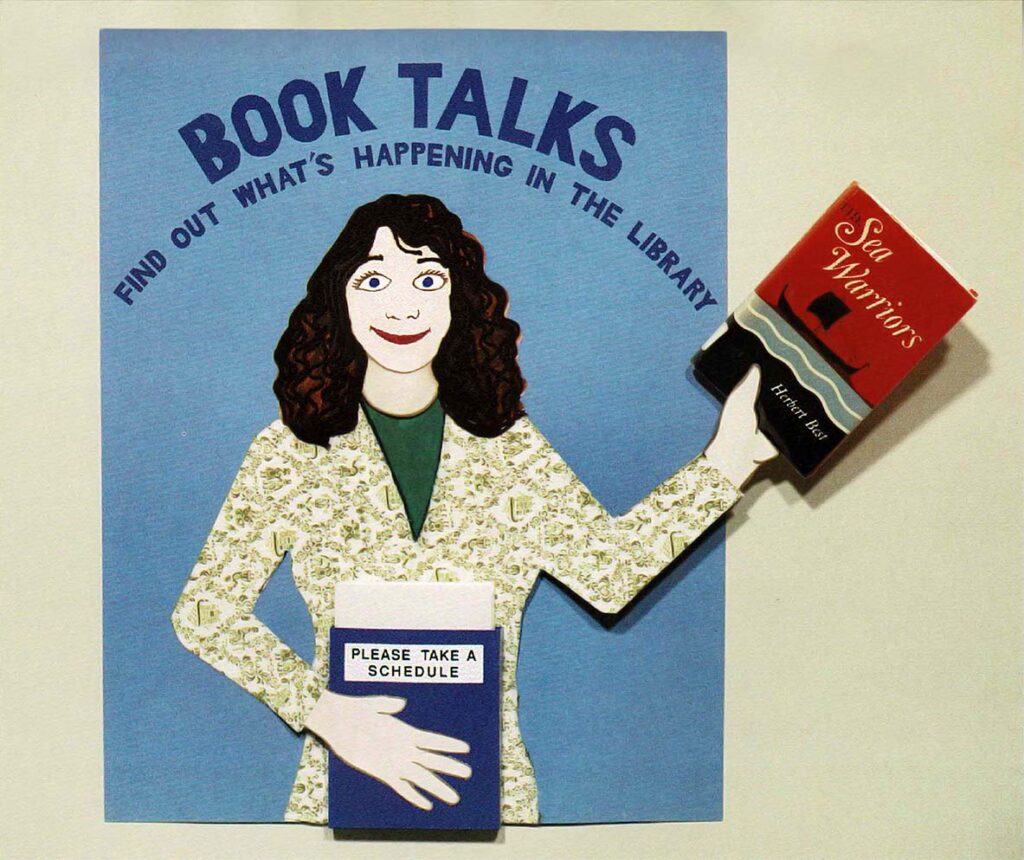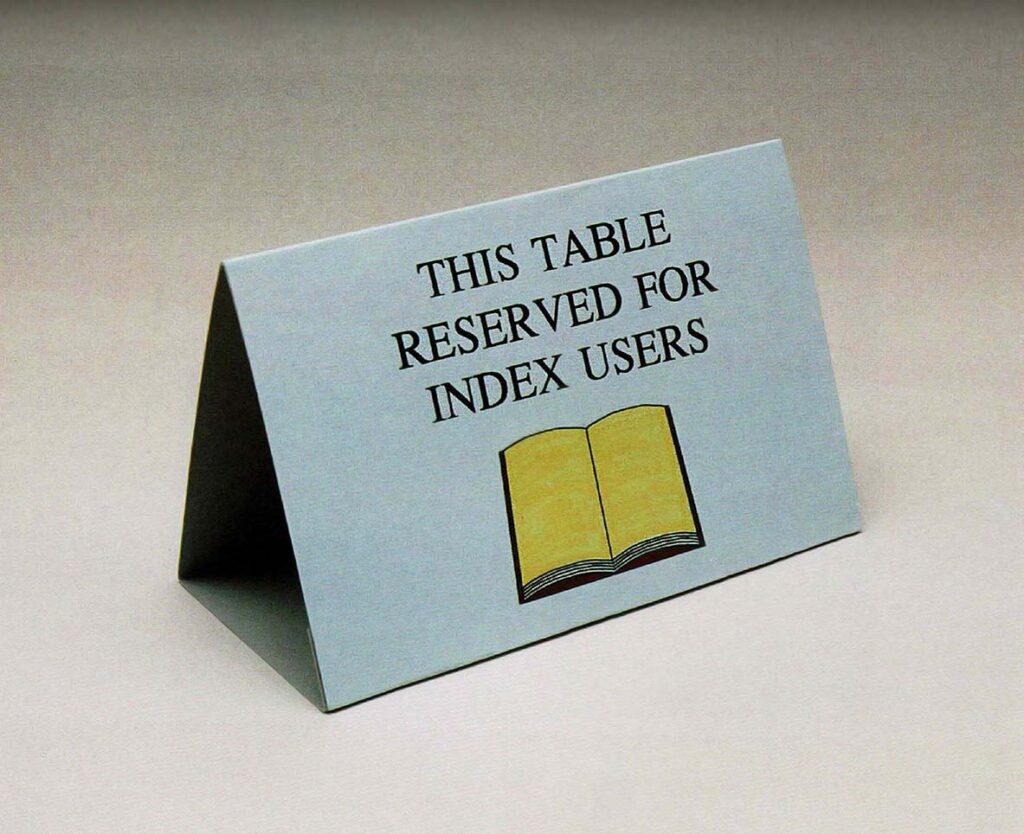Many years ago, I met a woman on a train who told me that she worked in a plastics factory. When I asked her what the factory made, she said that one half of it manufactured the little plastic cups that come with NyQuil bottles, and the other half manufactured dolls’ eyes.[1]
Naturally, I’ve always remembered that conversation — who could forget the juxtaposition of NyQuil cups and dolls’ eyes? But I remember it also because it started me thinking about the sheer number of things that exist in the world, and where they must come from. Every product must be manufactured in a factory somewhere, and in many of those cases (as with NyQuil cups and dolls’ eyes), the parts that make up those products must be made somewhere else. Add to that the number of factories that must make the machinery that makes the parts in the aforementioned factories, and the factories that make the parts for those machines. In sum, for the world to have enough factories to turn out the hundreds of millions of different products that are used in homes and businesses is, quite plainly, impossible. And yet — as is hardly necessary to point out — it does. Clearly, I’m not I’m not the best judge of what’s possible and what’s not.
I must confess that I have a long history of limited imagination. My first computer came with a rudimentary spell-checker that would go through a document and check it against a limited list of frequently misspelled words. I remember thinking that, given enough floppy disks, it was theoretically possible for the spell-checker to contain a full dictionary, possibly even with definitions. But of course I knew that would never happen, because who was going to type an entire unabridged dictionary into a computer?
A few years later, my friend Brad, an early tech visionary, showed me a model he had come up with for software that would enable numerous members of a team to work together on a project. While I admired the model’s elegance, I told him that it would never work in the real world, because human nature made it impossible for more than a couple of people to collaborate on anything.
My then-girlfriend Marcia, who at the time worked for the pioneering spreadsheet company Lotus, gave me a chance to try out one of the first-generation Macintosh computers. I concluded that its visually oriented, mouse-based interface made it an expensive toy that would never be useful for any serious work. Who would have the patience to keep looking for things to click on, instead of simply telling the computer what to do?
There’s an old myth that the laws of aviation make it impossible for bees to fly, and yet they do so anyway. If that were true (which it isn’t), the lesson should be that there’s something wrong with the commonly accepted laws of aviation — not that there’s something miraculous about the bee. But I was one of those people who, when something I considered impossible actually came about, refused to accept that my conception of the universe might be wrong.
Surprisingly — or perhaps not surprisingly, given my tendency to learn kinesthetically — my first opportunity to see beyond that blinkered worldview came not in a computer lab, but at a rock-climbing gym. Although I’ve always resisted doing anything athletic, a friend named Bonnie, who was as smart and analytic as anyone I’ve ever met, convinced me that making my way up a climbing wall would present a mental challenge as much as a physical one. And sure enough, as I learned to navigate the route upward, I found that strategizing about where next to place my hand or my foot paid off rewardingly each time I found a secure hold.
Except for the time when I didn’t. I was midway up the wall and I couldn’t find anything to grab or step onto that would allow me to move ahead. After long consideration, I had to admit defeat. “This is impossible,” I said to Bonnie.
“Don’t think; just go for it!” was her unexpected response. Given that Bonnie was gripping a rope that assured my safety, I had nothing to lose but my dignity, so I did something I could never have imagined doing: I leapt upward and trusted that my body would find some way to hold on. And it did!
I still don’t know how I was able to latch onto that wall, but it was suddenly clear that my belief that something was impossible didn’t make it so. That’s a lesson that has stayed with me ever since. The expression “leap of faith” holds a very concrete meaning for me.
Of course, I don’t know for sure that if I’d worked at Google when someone said, “Let’s map every street in the world and make those maps available for free on everybody’s phone,” I wouldn’t have used the I-word. But I like to think that some small piece of my imagination would have marveled at the possibility.
[1] Seeing how this looks when written down, I wouldn’t blame you for thinking that she was putting me on. But I swear that she was entirely earnest.







Recent Comments